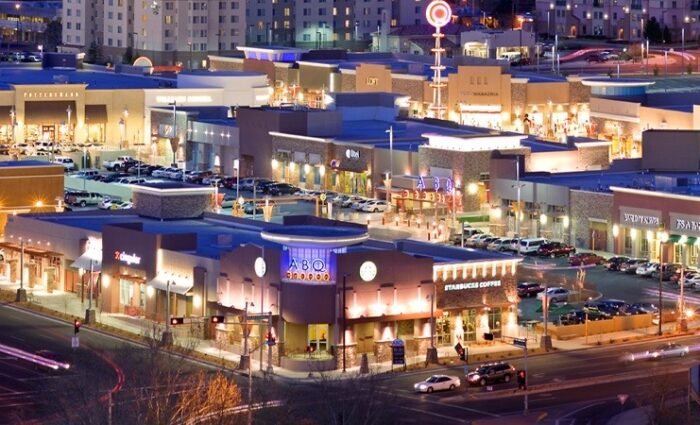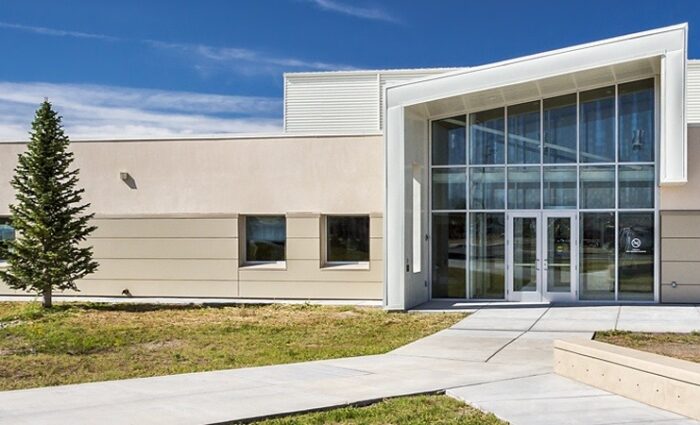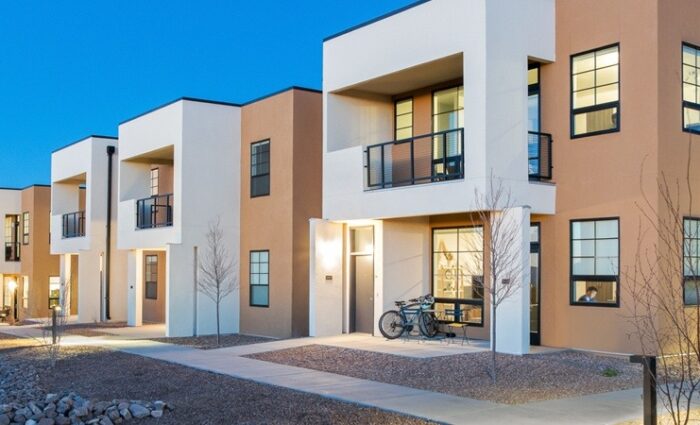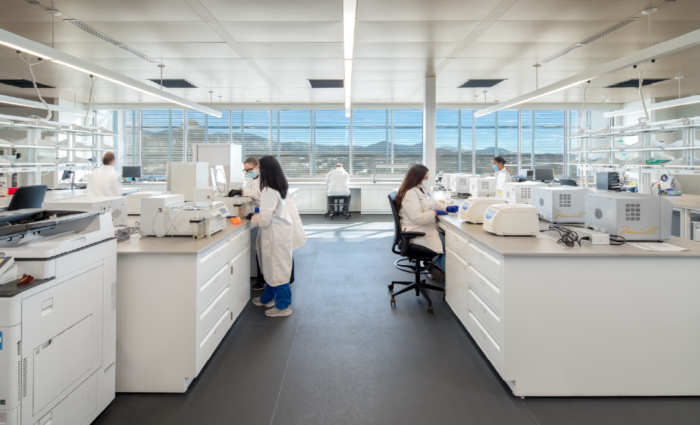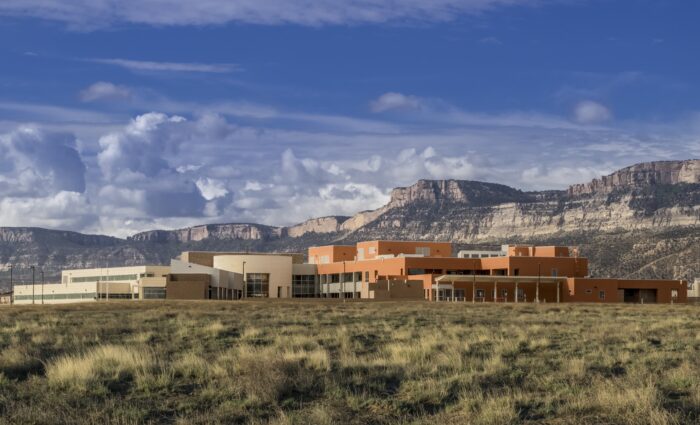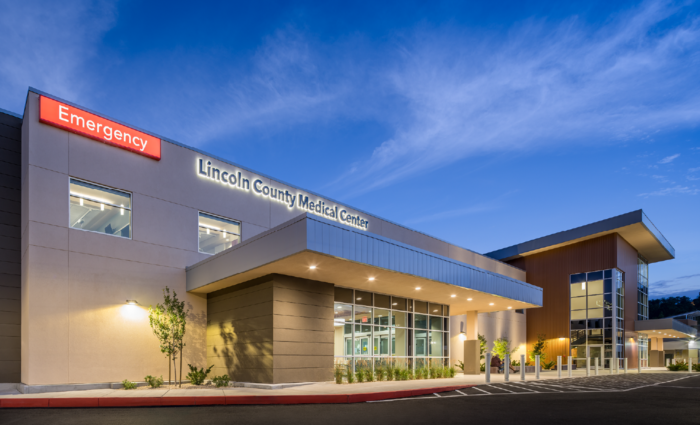Street Trees: Designing an Urban Streetscape for Albuquerque Rapid Transit
Being a tree in a busy urban streetscape, like Albuquerque’s Central Avenue, is a tough job; the expectations are high and the restrictions are many. Trees—the urban canopy—must provide shade, visually soften the street, raise property values by increasing curb appeal, mitigate air pollution by intercepting particulate matter, reduce greenhouse gas emissions by absorbing carbon dioxide, reduce energy use by lowering air temperature, absorb traffic noise, provide a natural habitat for local fauna, create a sense of place, and thrive without regular care.
Trees along Central Avenue also function as an occasional place to lock your bicycle, staple a poster for an upcoming poetry slam, or a place to carve the initials of your high school sweetheart. Our four-legged friends use them to mark their territory, even though trees may not be as well suited to this as lamp posts or hydrants. And God forbid trees may drop their leaves, branch out in an unruly fashion, or block views!

Urban trees must look neat, healthy and be shaped just so to conform to the “lollipop” aesthetic discerning urban residents expect and demand. All this while vying for root space with sewer lines, water lines, power lines, ITS lines, irrigation lines, and struggling to survive among other utility equipment, like traffic lights and electric transformers.
Despite these seemingly impossible requirements placed on urban trees, there are several ways to make the unforgiving environment more suitable for them. To facilitate the successful growth of urban trees, the following principles have been used in the recently installed Albuquerque Rapid Transit (ART) project in the Central Avenue and Nob Hill neighborhood.
Permeable Surfaces
Permeable surfaces are surfaces which allow water to infiltrate through them, as opposed to sheet flow over them. Two main types of permeable surfaces are being used in Nob Hill (a): concrete permeable pavers, and (b) crusher fine planters:

- Concrete permeable pavers, used where on-street parking occurs, allow surface runoff (rainwater) to pass around them and infiltrate the underlying substrate. The pavers themselves are not pervious, but as a permeable interlocking concrete system, gaps in between facilitate the infiltration. The gaps are filled with a special sized angular rock, which require periodic maintenance to clear clogs from dust and other matter found in the streetscape. Underneath is a layer of bedding stone, which itself is set on an even thicker layer of larger stone. These pavers allow storm water to infiltrate, extend the walkable surface, and provide visual interest.
- Crusher fine planters, in which street trees are planted directly, are referred to as softscape (as opposed to hardscape, like the adjacent concrete sidewalks). Crusher fine is selected for its size: if the sidewalks get crowded with window-shoppers and happy diners, the crusher fine still allows foot traffic to pass over them.
Bioswales
Bioswales are found in several roadway bulb-outs. Curb cuts are placed on the upstream, welcoming rainwater flowing down the street surface. Smaller overflow curb cuts are placed on the downstream side of a bioswale, allowing any overflow from larger rainwater events to overflow back into the roadway. Bioswales reduce non-point pollution by filtering stormwater. They also capture rainwater, a precious resource in the high desert, which would otherwise accumulate and float down Central Avenue.

Species Selection
When selecting trees for this busy streetscape, emphasis was placed on their adaptiveness and suitability to the urban environment. Selected street trees in Nob Hill include hardy and proven species (Urbanite Ash, Chinese Pistache, Frontier Elm and Chanticleer Pear). All trees were approved by the people who will ultimately maintain and take care of them (Clean Cities under the Solid Waste Department) and comply with clear sight triangle requirements to ensure visibility for vehicles entering Central Avenue. Even though the selected species are adapted to survive in the high desert, they still need additional water to thrive, so they're fed by an automated irrigation system.

Both bioswales and permeable pavers are important components of green infrastructure in the ART project. Urban green infrastructure is essential in capturing rainwater where it drops on the surface, or as close to it as possible, allowing it to infiltrate, as opposed to traditional engineered and more expensive underground storm drains, which send urban storm water runoff directly to the river.
The recently installed ART landscape has inspired much concern and debate. There are those who love trees, there are those who hate trees, and there are those who love to hate trees. Regardless of where you fall, we can all agree that trees are an impactful part of the urban streetscape with multiple benefits.
We ask a lot of our urban forest without always understanding the difficulty trees face growing in a city. The landscape improvements along Central Avenue – from permeable surfaces to bioswales and diverse species selection – will serve to enhance the urban environment, create more favorable conditions for street trees, and eliminate some urban runoff from entering the river directly.
The next time you walk along Central Avenue in Nob Hill, take a look at the concrete pavers, notice the bioswales at the intersections, and thank a tree before stepping into a shop or your favorite restaurant.
Read our minds.
Sign up for our email.
Related Content

Design a career path with more bridges.
Looking to break down the walls of the status quo?

